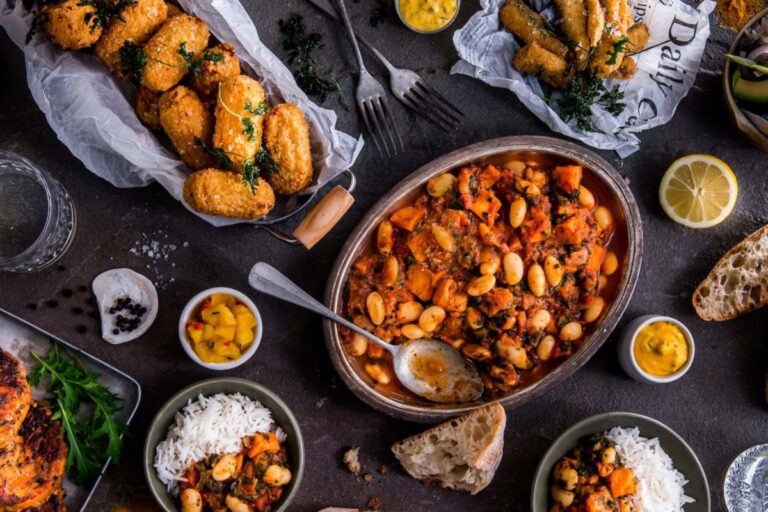Australian Dining: Etiquette and Customs
Australian dining etiquette is not very different from western dining customs. However, there are certain things to keep in mind while dining in Australia. Being punctual, dressing appropriately, and following table manners are some of the important aspects of Australian dining. The Australian culture is fairly relaxed and laid-back, and this is reflected in the dining customs as well.
The Importance of Punctuality
Punctuality is an essential aspect of Australian dining etiquette. Being on time for a meal is considered very important, and it is considered rude to keep the host waiting. If you are running late, it is always best to inform your host at the earliest. In general, it is recommended to arrive no more than 10 to 15 minutes late to a dinner party.
Dress Code for Australian Dining
The dress code for Australian dining varies depending on the restaurant and the occasion. However, dressing smart casual is generally acceptable for most dining experiences. Unless specified by the restaurant, shorts, thongs (flip-flops), and singlets are not considered appropriate attire for dining out in Australia.
Seating Arrangements and Table Manners
Seating arrangements at a dining table in Australia are usually informal. However, it is always best to wait for the host to indicate where you should sit. Table manners are also important in Australian dining. It is considered polite to wait for everyone to be seated before starting to eat. When eating, it is best to keep your elbows off the table and to avoid talking with your mouth full.
Ordering Food and Beverages
When ordering food and beverages in Australia, it is always best to be clear about your preferences and any dietary restrictions you may have. Asking for recommendations from the waiter or waitress is also acceptable. It is customary to order drinks before ordering food. If sharing food, it is polite to ask before taking the last piece or helping yourself to someone else’s plate.
Tipping in Australia
Tipping in Australia is not mandatory, as the minimum wage is higher than in other countries. However, tipping is appreciated if the service is exceptional. A tip of 10% is generally considered sufficient.
Australian Dining: Alcohol and Drinking
Australia is well-known for its wine and beer culture. It is common to have a drink before dinner, and wine or beer is usually served with the meal. It is important to pace yourself while drinking, as getting drunk is not viewed favorably in Australian culture.
Conclusion: Enjoying Australian Cuisine with Etiquette
In conclusion, Australian dining etiquette is fairly relaxed and laid-back. However, it is important to keep in mind the customs and manners associated with dining in Australia. Being punctual, dressing appropriately, and following table manners are some of the key aspects of Australian dining etiquette. Enjoying Australian cuisine with etiquette will ensure a pleasant and memorable dining experience.




![Can you recommend some Australian restaurants in [city]?](https://foodnerdy.com/blog/wp-content/uploads/2023/05/2-20-768x511.jpg)





